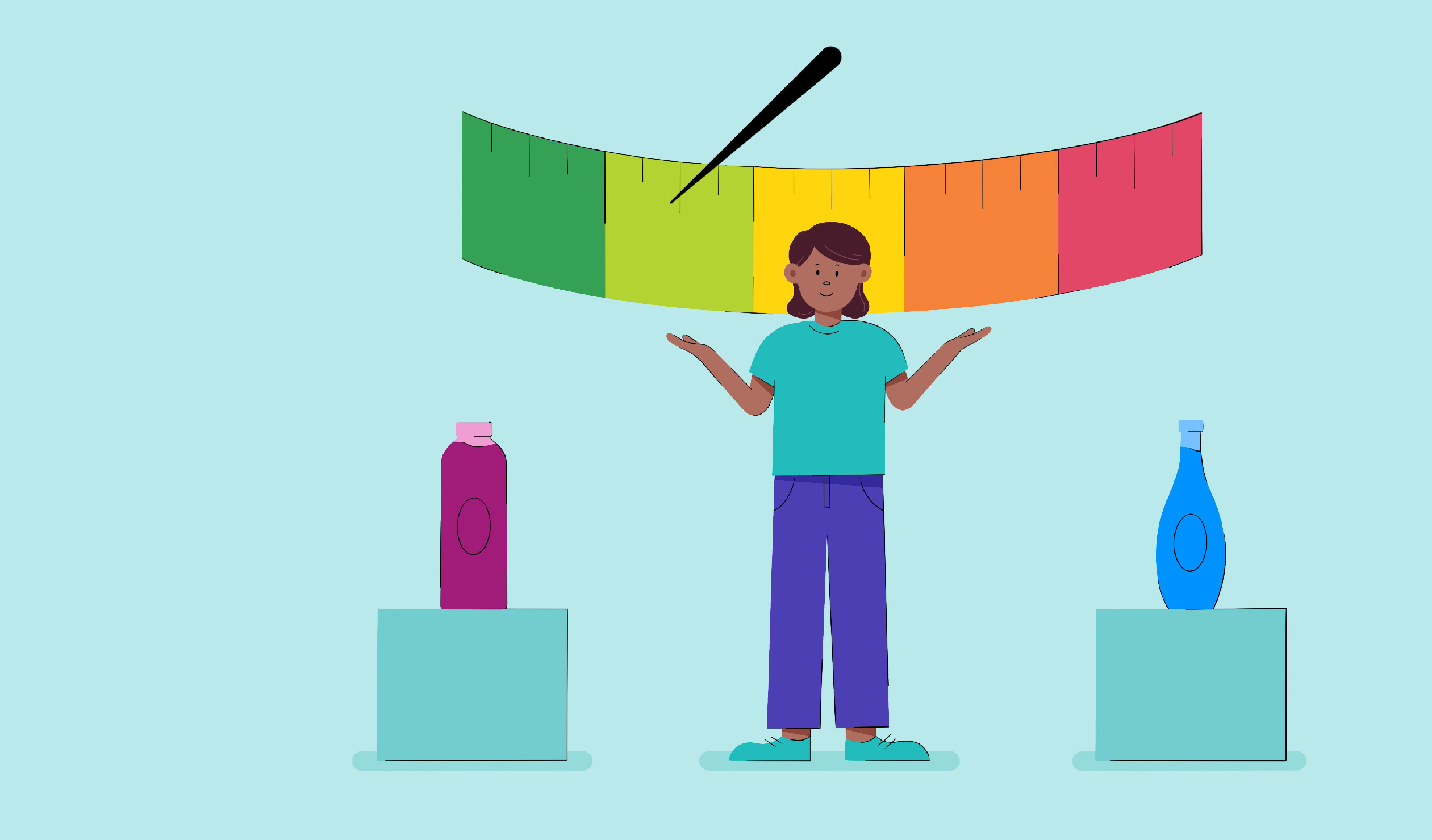Note: This is one article in our Designalytics Academy email series, which tackles a range of topics to help brands and agencies develop optimally-effective package designs. Interested? Enroll here.
"What gets measured, gets managed."
That quote from a maharishi of management, Peter Drucker, has been repeated so often in business circles that it’s practically an aphorism. We’ve found it’s undeniably true when it comes to design and, having tested thousands of designs ourselves, we’ve collected a few rules of thumb for effective design measurement. That’s what we’ll cover in this course, starting with: making sure you’re getting the most out of your design testing.
We’ve already sung the praises of broad creative exploration. Creating a more diverse mix of design options allows you to hone in on what really works for your brand, and makes it likely that you’ll discover and develop not just an acceptable design, but an exceptional one.
That’s just part of the story, though. Because if you don’t test these design routes with your consumers—both quantitatively and qualitatively—then you’re allowing subjectivity to guide the process.
We’ve highlighted four ways to make your testing efforts worthwhile.
Test early
Many brands test at the end of a design process, when it’s a matter of one design “winning” or “losing.” Savvy brands are increasingly doing research at the beginning of the creative process, when it’s possible to utilize what you learn to improve the ultimate design.
Testing early gives brand marketers that rarest of all treasures: Time. Time to receive consumer feedback. Time to consider it, respond to it, and then to re-test other designs based on what you’ve learned. Because it’s also important to…
Test often
We’ve said it before, we’ll say it again: The more you test, the more you learn; the more you learn, the more effective your design will ultimately be. This is a reason this iterative process is fundamental to design thinking. It works.
The important thing is to bring consumers into the process; they will give you the insights you need. As we said, this isn’t about “winning,” it’s about finding what works and what doesn’t—so that you can continually refine. The more often you test (within your budget, of course), the more you can learn.
Test designs with meaningful differences
To get the most out of the process, ensure that you test designs that have notable variations. Avoid testing designs, for example, that are identical with the exception of a small distinction, such as a deviation in the way a claim is worded.
This feedback can be obtained through more targeted, cost-effective means—or as part of the element-level diagnostics provided through the research you’re already conducting on two divergent design routes.
Test in smart, agile way
Times have changed, and screening designs has become a much faster, easier, and less expensive process. Early screening tools are available that can provide both quantitative and qualitative feedback from consumers in as little as two days. Because these are more nimble and affordable, brands can get substantive, actionable feedback quickly and without busting the budget.
Many organizations will still choose to conduct a “disaster check” validation check at the end of the process, of course, but this becomes more of a formality. The brand will already be very confident in its chosen design’s success, because it's been validated by the stakeholder that matters most: the consumer.
The upshot:
Any redesign can benefit from broad creative exploration, but it’s vital to actually test the designs with consumers early and often. If you test designs that are different enough from each other to shine a spotlight on what consumers actually prefer—and use a cost-effective tool that’s nimble and predictive enough to give you solid data and feedback on the fly—you’re well on your way to a design that’ll boost in-market outcomes.




